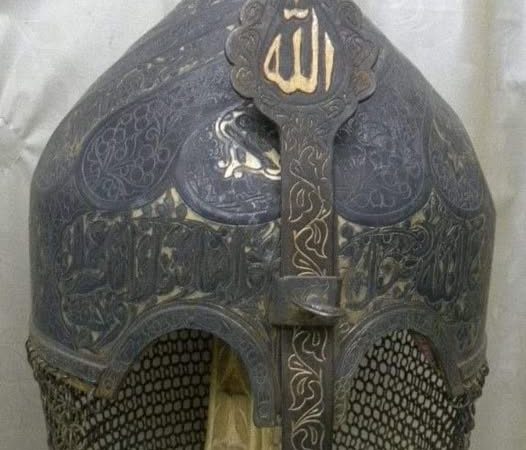The Greek One Euro Coin and Its Ancient Heritage

The Greek one euro coin that we use today is not just a simple form of modern currency, but a direct link to the rich history of ancient Greece. Its design is adorned with the very same motif that once graced the famous silver tetradrachm of Athens, a coin minted between 425 and 400 BCE. This connection between past and present represents much more than mere aesthetic value; it symbolizes the enduring cultural and historical identity of Greece.
The silver tetradrachm was a widely circulated and influential coin during its time, featuring the image of the goddess Athena on one side and her sacred owl on the other. This powerful symbol of wisdom and knowledge has come to be synonymous with the classical heritage of Athens, embodying the city’s reputation as the cradle of democracy and intellectual achievement.
By choosing to feature this ancient design on the one euro coin, Greece pays homage to its illustrious past while subtly asserting the importance of continuity in cultural identity. The owl, a familiar sight on both ancient and modern coins, serves as a reminder of Greece’s contributions to civilization, philosophy, and governance. This historical motif links today’s modern economy with an era when Athens stood as one of the most powerful and influential city-states in the ancient world.
In this way, the Greek one euro coin is more than just a means of transaction; it is a living tribute to Greece’s enduring legacy. The echoes of antiquity remain present in daily life, reminding us of the deep historical roots that still shape the present.






